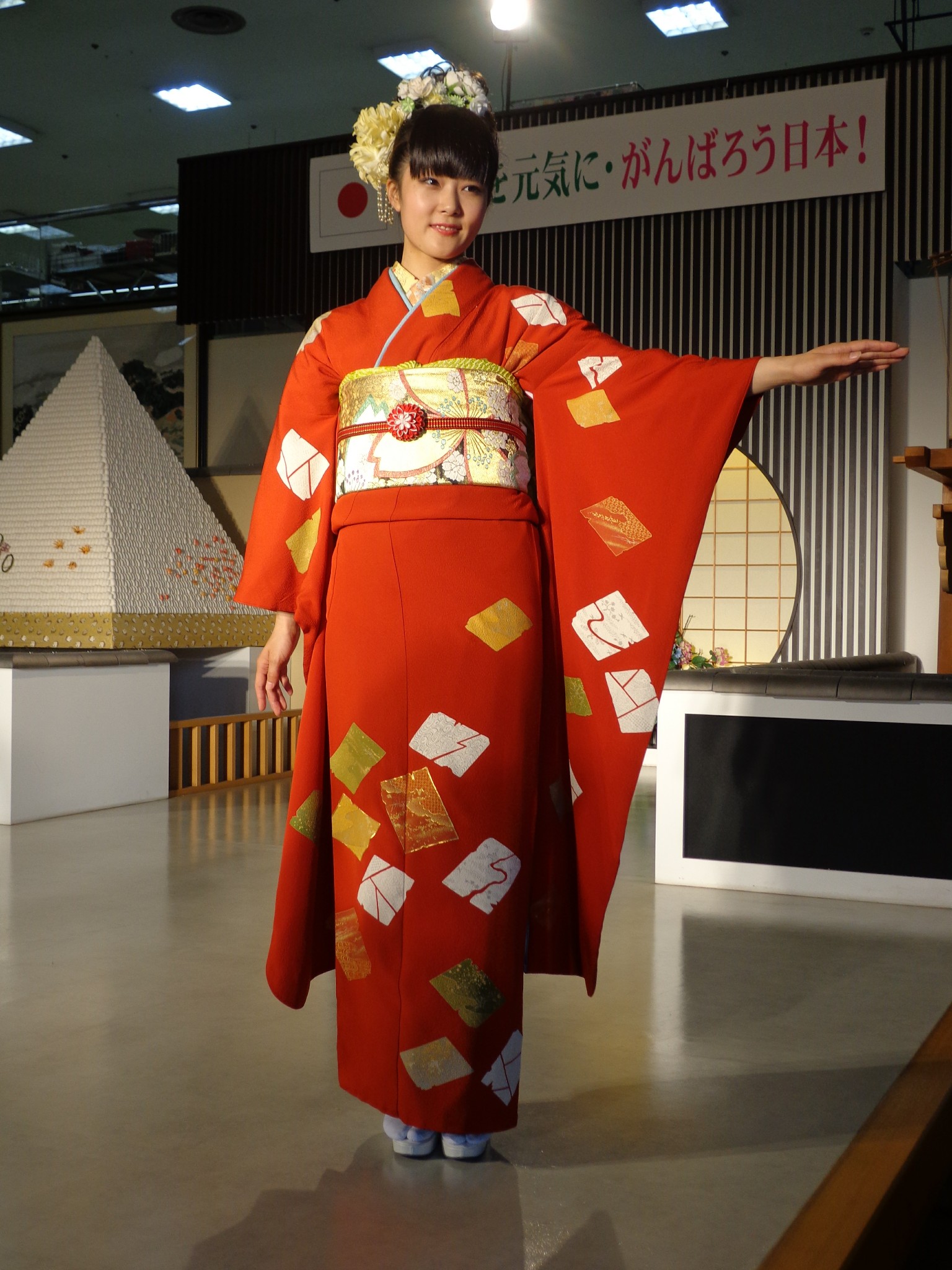The kimono, Japan’s traditional garment, has transcended its cultural origins to become a significant influence on global fashion. From haute couture runways to street style, the kimono’s distinctive silhouette, intricate patterns, and deep cultural symbolism have inspired designers and fashion enthusiasts around the world. This article explores how the kimono has shaped contemporary fashion, blending tradition with modernity.
The Kimono’s Journey to the West
The kimono first caught the attention of the Western world in the late 19th and early 20th centuries, during Japan’s Meiji Restoration when the country opened its doors to international trade. European and American designers, captivated by the exoticism and elegance of the kimono, began incorporating its elements into their own designs. This marked the beginning of a long-lasting relationship between the kimono and Western fashion.

The Kimono in Haute Couture
The kimono’s influence on high fashion became particularly evident in the 20th century, with designers such as Paul Poiret and Yves Saint Laurent drawing inspiration from its structure and aesthetics. Poiret, known for his rejection of the corset, admired the kimono’s loose, flowing silhouette, which allowed for greater freedom of movement. He incorporated kimono sleeves and obi-like sashes into his designs, revolutionizing women’s fashion.
Yves Saint Laurent took inspiration from the kimono’s clean lines and bold patterns in his collections, creating garments that were both modern and timeless. His iconic “Opera-Ballet Russes” collection in 1976, which featured kimono-inspired pieces, is a testament to the enduring appeal of this traditional Japanese garment.
The Kimono in Contemporary Fashion
In recent years, the kimono has seen a resurgence in popularity, with contemporary designers and fashion houses like Alexander McQueen, Jean Paul Gaultier, and Gucci incorporating kimono elements into their collections. This modern interpretation often blends traditional kimono features—such as wide sleeves, wrap closures, and vibrant patterns—with Western tailoring and materials, creating a unique fusion that appeals to a global audience.
Celebrities and fashion icons, including Rihanna, Kim Kardashian, and Florence Welch, have also embraced kimono-inspired styles, bringing this timeless garment to the forefront of mainstream fashion. These appearances have helped to popularize the kimono as a versatile and fashionable piece that can be dressed up or down, worn as a statement piece or as part of a casual outfit.
The Cultural Appropriation Debate
While the kimono’s influence on global fashion is undeniable, it has also sparked discussions about cultural appropriation. The kimono is not just a piece of clothing; it is a symbol of Japanese identity and tradition. Some argue that when the kimono is used in fashion without proper understanding or respect for its cultural significance, it can lead to a misrepresentation or commodification of Japanese culture.
However, many Japanese designers and cultural commentators see the global popularity of the kimono as a form of cultural exchange rather than appropriation. They argue that the global fascination with the kimono can lead to a deeper appreciation and understanding of Japanese culture, provided it is done with sensitivity and respect.
The Kimono’s Influence on Street Fashion
Beyond the runways, the kimono has also made its mark on street fashion. The yukata—a casual, summer version of the kimono—has become a popular choice for festivals and casual outings, both in Japan and abroad. The kimono jacket, often shortened and paired with jeans or skirts, has become a staple in many wardrobes, offering a chic, effortless look that blends traditional and contemporary styles.
In cities like Tokyo, New York, and London, the kimono jacket is often seen as a symbol of global fashion, embodying the fusion of East and West. This trend has led to a variety of kimono-inspired garments available at different price points, making the style accessible to a wide audience.
Final Words
The kimono’s impact on global fashion is a testament to its timeless appeal and cultural significance. From haute couture to street style, the kimono continues to inspire designers and fashion lovers around the world, bridging the gap between tradition and modernity. As the kimono’s influence grows, so too does the appreciation for the rich cultural heritage it represents, ensuring that this iconic garment remains a beloved part of the global fashion landscape for years to come.
Related Articles
The Timeless Elegance of the Kimono
The Role of the Kimono in Japanese Festivals
Understanding the Different Types of Kimonos
